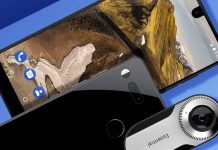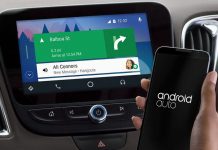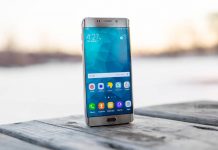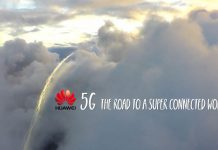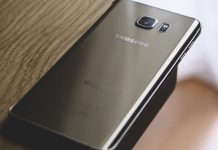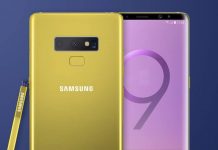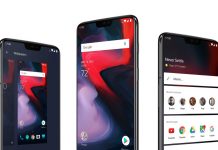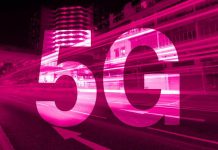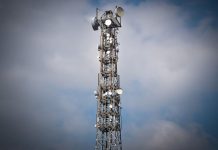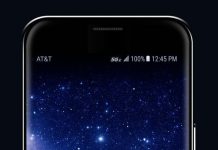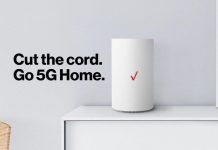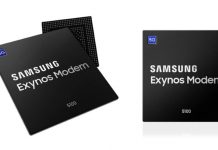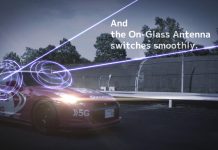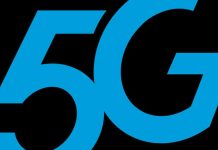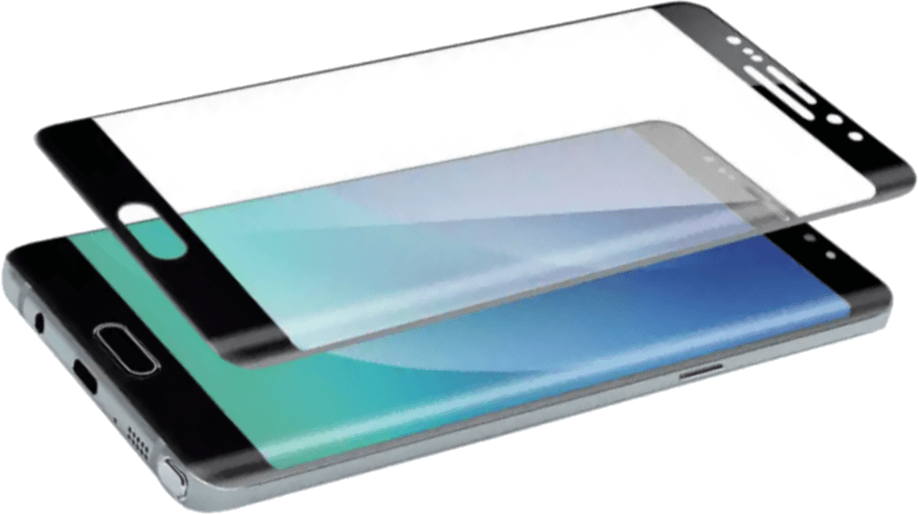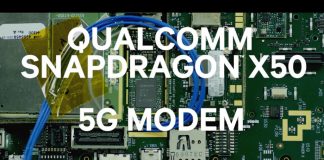Not so long ago, T-Mobile boasted about the high speed of acceleration after using the benefits of the unlicensed 5 GHz band. The technique that allows you to aggregate licensed LTE bands and 5 GHz band (the same that Wi-Fi networks use) is called LAA. Nokia and T-Mobile have now announced that they have obtained a 1.3 Gbps result during a 14-layered data transmission using the LAA technique.
T-Mobile US has been praised more than once by the results of tests carried out in cooperation with Nokia. Such messages are to convince the operator’s customers that the new solutions implemented in the network translate into specific benefits. Microcells working on frequencies from the unlicensed 5 GHz band are not completely new. T-Mobile has already started installing such base stations in the United States at the end of last year. Now we know who is the supplier of this solution. This is Nokia, which offers radio modules called AirScale Micro Remote Radio Head (RRH). This equipment is now commercially available. Therefore, the operator can start modernizing his network at any time.
14-layer transmission using LAA enables to achieve the speed of 1.3 Gbps
LAA, i.e. Licensed Assisted Access, allows aggregation of LTE channels from licensed bands (the one to which the operator purchases frequency reservations) along with 5 GHz Wi-Fi channels. However, 14 layers means that the operator has aggregated, for example, 2 LTE bands with 4×4 MIMO (a total of 8 layers), 1 LTE band 2×2 MIMO (next 2 layers) and 2 channels from the 5 GHz band. It could be also an aggregation of 3 LTE bands in which base stations with 4×4 MIMO and one channel from the 5 GHz band. In addition, there is the 256 QAM modulation. The combination of all these techniques in one comprehensive Nokia solution allows you to download data at the rate of 1.3 Gbps.
The LAA technique has implemented algorithms that minimize interference with Wi-Fi networks operating in the same area. We must also remember that T-Mobile and Nokia conducted a proverbial demonstration of strength here. The experiment was made in the laboratory, what proved that both the operator and the base station manufacturer know how to use the potential hidden in the 5 GHz band.
Source: T-Mobile US


